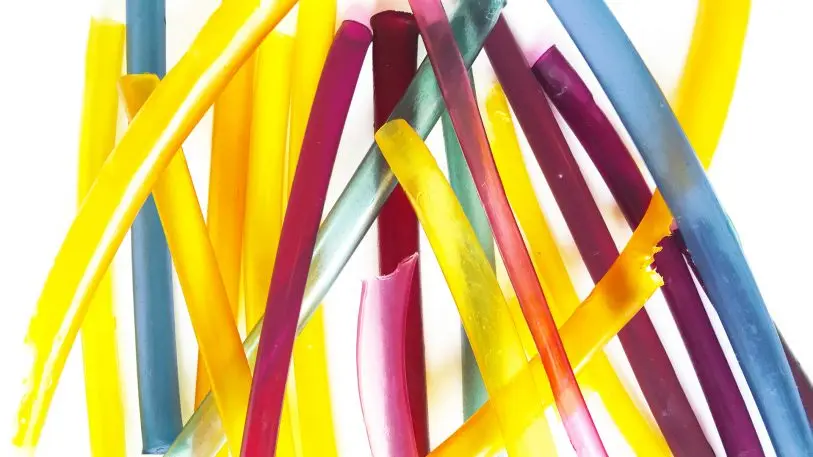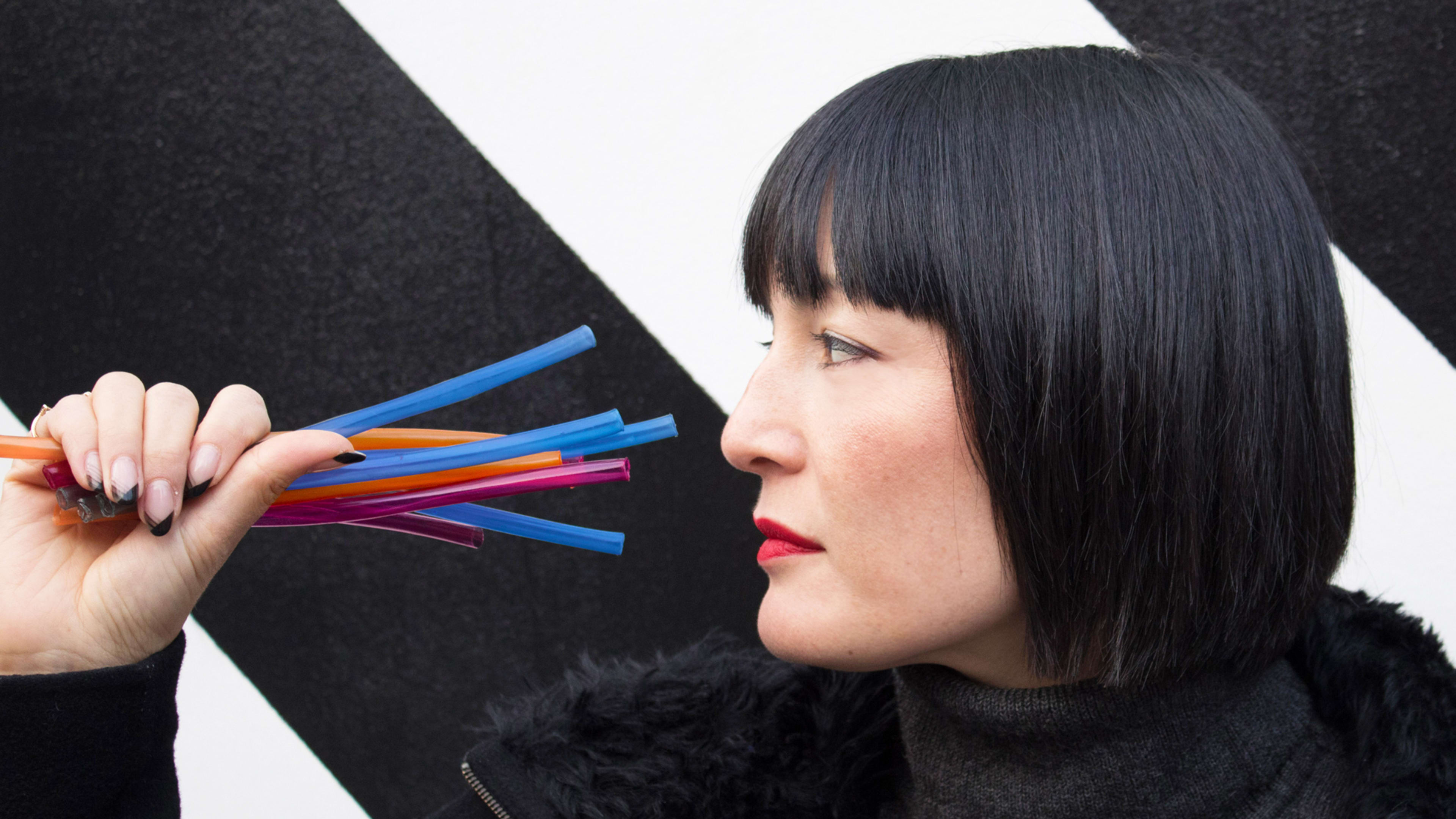One hundred and fifty years ago, if you drank a mint julep with a straw, it was an actual straw, made of ryegrass. Then came the paper straw–to solve the problem that ryegrass tended to become mushy and ruin a drink–and finally, by the 1960s, a plastic straw, a product that Americans now use half a billion of a day.
The plastic straw–useful for a few minutes before it’s tossed, often to end up escaping into waterways–is one of many reasons why some estimate that there may be more plastic in the ocean than fish, by volume, in three decades. It’s inspired anti-straw activism. It also inspired designers to come up with a straw as compostable as the original rye, but with the sturdiness of plastic.
Called Lolistraw, it also has a new feature: When you’re done sipping your drink, you can eat the straw.

“You can imagine drinking your cold-brewed coffee with a vanilla straw or a caramel straw,” Briganti says. “We think that will really increase this movement around plastic-free, because we’re not telling the consumer, hey, you can’t have your straw. We’re providing them a solution to the plastic straw crisis while also giving them a fun experience on top of that. It’s not about the consumer sacrificing anymore, it’s about the consumer having fun and being sustainable at the same time.”
The company plans to target venues where plastic straws are currently used at highest volumes, such as stadiums, fast-casual restaurants, coffee shops, or juice bars. One version will be clear and look like a plastic straw, while others will be colored and flavored.
It “really feels like plastic,” says cofounder Leigh Ann Tucker. “It transforms while you’re using it to where you can actually bite into it afterward and eat it. But when you first pick it up and put it into your drink, it’s going to feel like a plastic straw.”
For those who don’t want to eat the straw, it’s also compostable. Unlike another material often used for compostable utensils–PLA, which is often made from corn starch–it breaks down as easily as something like a banana peel, so it can be composted in a home system rather than requiring industrial composting equipment. If the seaweed-based straw happens to end up in the ocean, it will dissolve.
“There are some bioplastics that just break down into smaller pieces, whereas Lolistraw is designed to literally disappear,” says Briganti.
The designers are currently raising funds for the product on Kickstarter and preparing for mass manufacturing. The cost, while not as cheap as plastic straws, will compete with paper and other compostable straws, and the company hopes to make inroads into replacing ubiquitous plastic. “Our goal for next year is to replace millions of straws,” she says. “I know we can get there.”
Recognize your brand’s excellence by applying to this year’s Brands That Matter Awards before the early-rate deadline, May 3.
